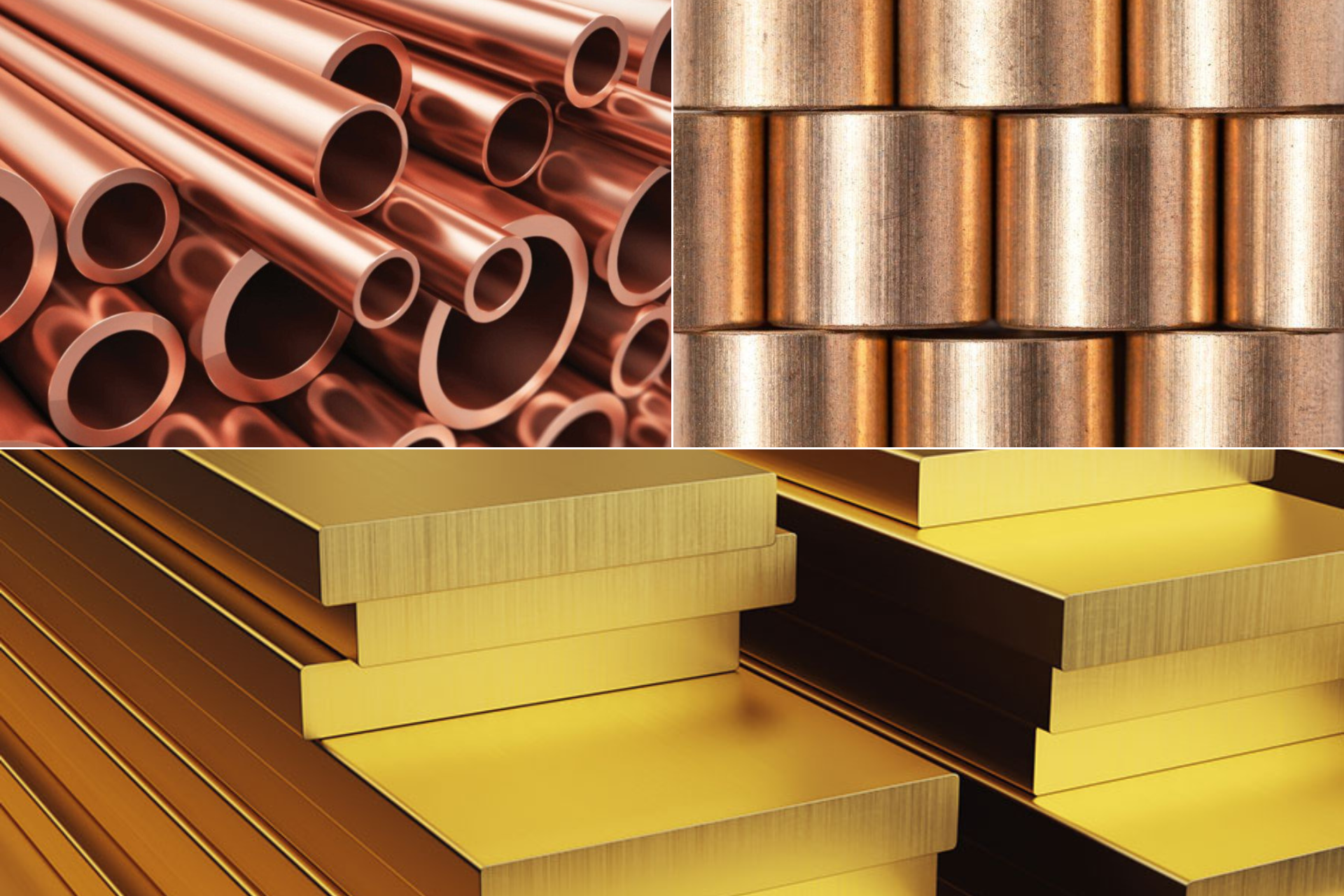Metals have played a pivotal role in the development of human civilization, enabling advancements and innovations across various industries. Among the multitude of metals, copper, brass, and bronze stand out for their unique properties and historical significance. In this article, we will delve into the basic overview of these metals, highlighting their characteristics, applications, and the significant differences that set them apart.
I. Introduction
Copper, brass, and bronze are three distinct metals that have been valued for centuries due to their remarkable attributes. Copper is a pure metal element, while brass and bronze are alloys, meaning they are a combination of copper with other elements. These metals have been widely used across different cultures and time periods, leaving a lasting impact on human civilization.

II. Basic Overview of Copper
Copper, known for its reddish-brown color, is a highly malleable and ductile metal. It boasts excellent electrical conductivity, thermal conductivity, and corrosion resistance. These properties make copper an ideal choice for electrical wiring, plumbing systems, architectural elements, and even in the manufacturing of coins and jewelry.
III. Basic Overview of Brass
Brass is an alloy composed primarily of copper and zinc. This combination results in a metal with a beautiful yellowish appearance. Brass possesses unique characteristics such as high malleability, low friction, acoustic properties, and antimicrobial qualities. Due to these attributes, brass is commonly used in musical instruments, plumbing fittings, decorative hardware, and even bullet casings.
IV. Basic Overview of Bronze
Bronze, another copper-based alloy, is primarily made up of copper and tin. It exhibits a warm reddish-brown color and is valued for its exceptional strength, durability, and resistance to wear and corrosion. Bronze has been extensively used in the creation of sculptures, statues, bearings, gears, and various musical instruments due to its hardness and resilience.

V. Differences between Brass, Bronze, and Copper
While all three metals share a copper foundation, there are distinct differences that set them apart:
Composition: Copper is a pure metal, while brass is a copper-zinc alloy and bronze is a copper-tin alloy.
Melting Points: Brass has a lower melting compared to bronze and copper. This lower melting point makes brass easier to cast and work with during manufacturing processes.
Physical Appearance: Copper showcases a reddish-brown hue, brass appears yellow, and bronze possesses a warm reddish-brown color.
Properties: Copper exhibits excellent electrical and thermal conductivity, brass combines malleability with improved strength and corrosion resistance, and bronze offers enhanced strength, hardness, and durability. When it comes to project demanding high tensile and strength, bronze emerges as the most suitable material due to its exceptional properties in these areas. Following bronze, brass offers relatively favorable tensile and strength, while copper possesses the lowest values in terms of tensile and strength.
Applications: Copper is widely used in electrical wiring and plumbing, brass is favored in musical instruments and decorative items, and bronze finds applications in sculptures, statues, and load-bearing structures.
VI. Conclusion
Copper, brass, and bronze are distinct metals with their own set of characteristics and applications. While copper serves as a versatile and reliable metal, brass and bronze alloys enhance its properties to suit specific needs. Understanding the differences between these metals not only deepens our appreciation for their unique attributes but also sheds light on their widespread applications throughout history and in modern society.
-q4gvl4k29y4hq8j9rjpapvj0ft06fje63olt7p210i.png)


